A habitue of the downtown club scene, and wingman to Andy Warhol (or perhaps, the other way around), Basquiat epitomized art stardom during the 1980s, when figurative painting booted Minimalism and Conceptualism to the curb. Those years sparked a market boom in which Basquiat’s efforts practically printed money; they still do, as a Basquiat just fetched $85 million at auction. Yet, it’s fair to ask if he would have been so acclaimed had he persisted into old age: Coevals who did, artists such as Julian Schnabel and David Salle, don’t occupy the same penthouse level in the public’s imagination, and even Jeff Koons must contend with residing several floors down.
Absent an alternative timeline, there’s no way to know for sure.
Basquiat: King Pleasure at the Starrett–Lehigh Building certainly has no intention of finding out. Mounted by the artist’s family, using its own cache of paintings and works on paper, the show confesses that it’s not an overview of Basquiat’s oeuvre, but rather a celebration of his life: A hagiography, in other words, with a ticket price well north of what you’d pay at MoMA or The Met.
Judged by bells and whistles alone, the proceedings admittedly deliver some bang for your buck. Wrapped in a sleek, wood-clad installation by British-Ghanian starchitect, Sir David Adjaye, the exhibition offers a bulging assortment of Basquiat’s works, along with video testimonials to his genius. There are also recreations of his childhood home in Brooklyn, his studio, his first gallery, and the VIP lounge he decorated for the era’s mega-hot spot, the Palladium.




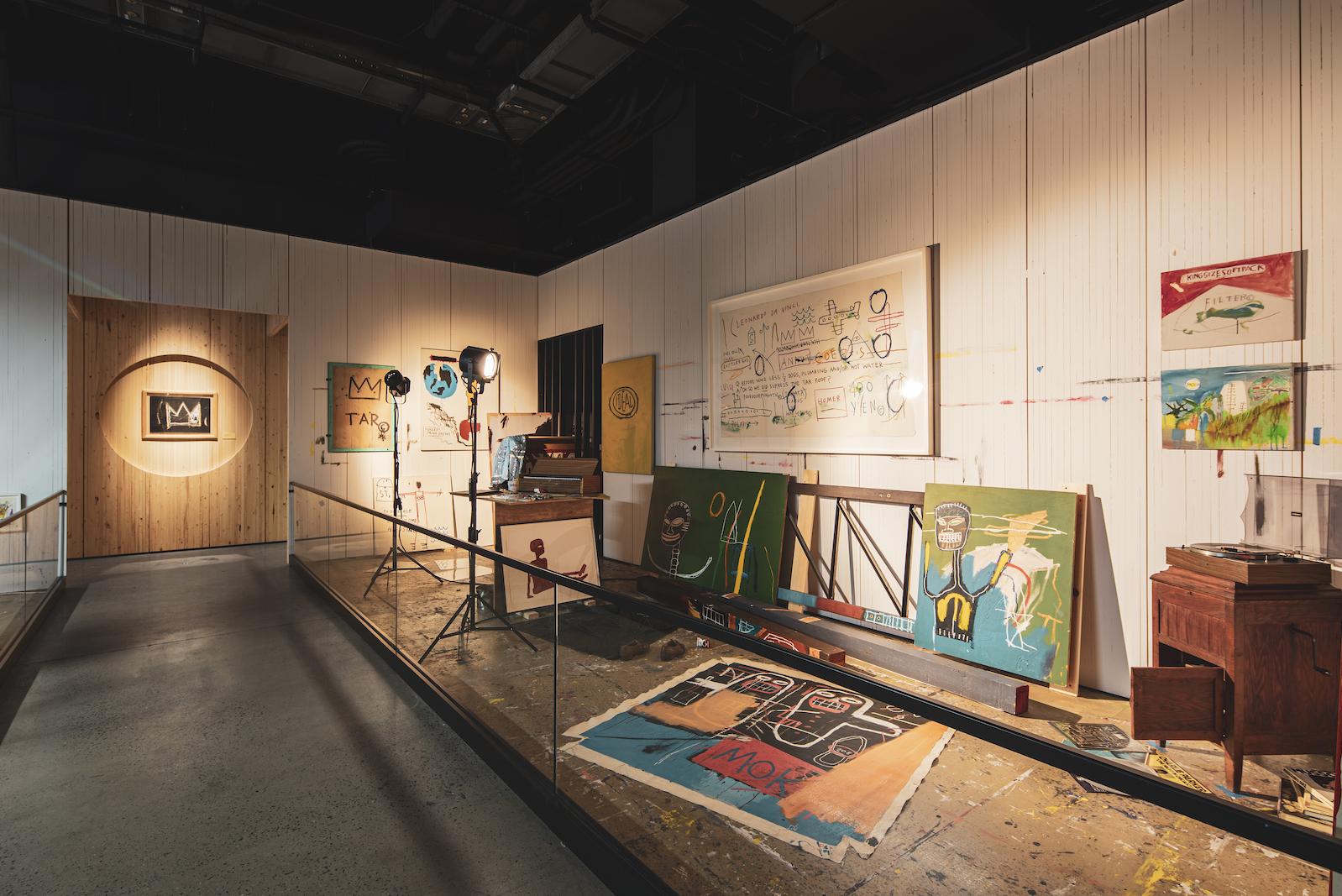

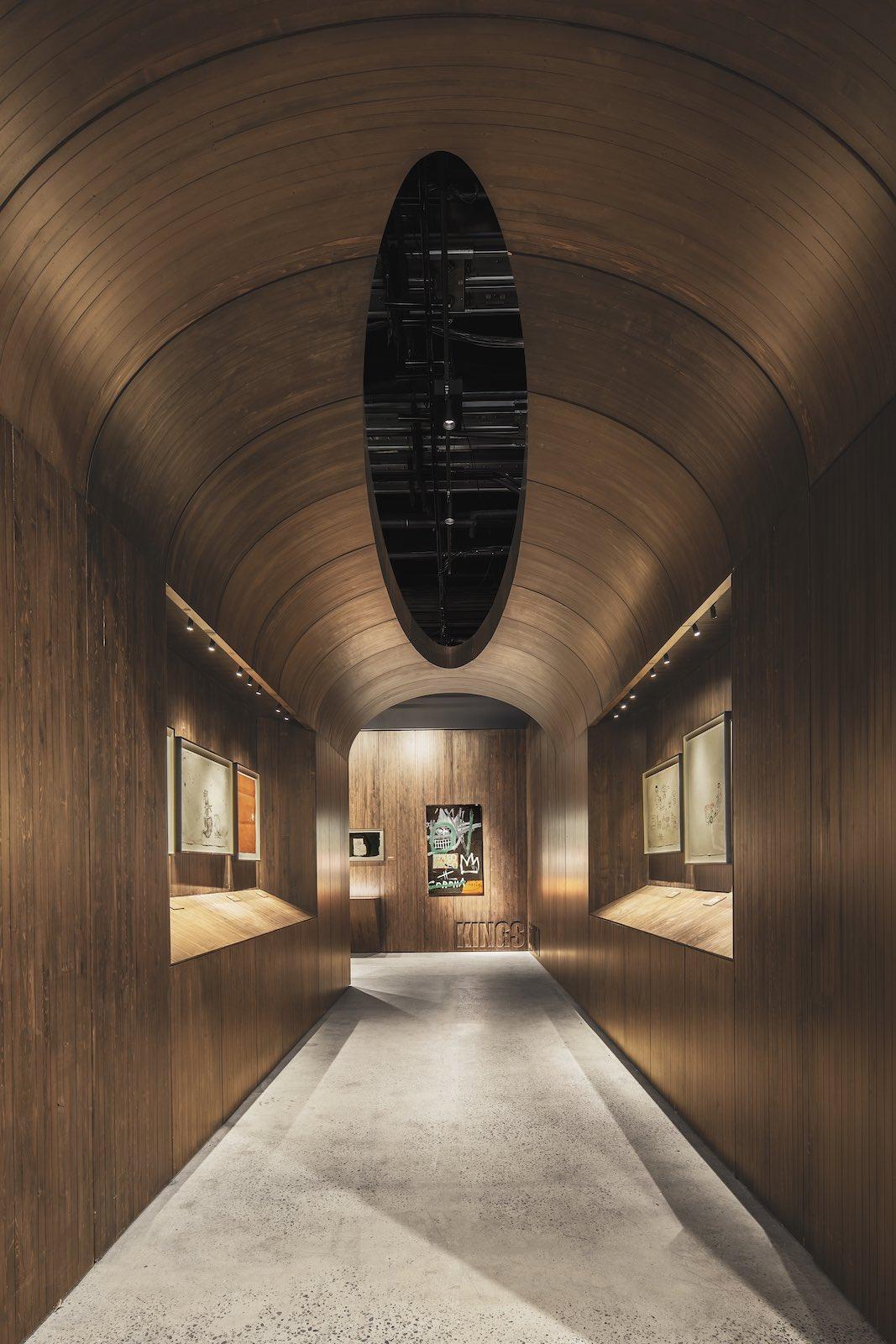
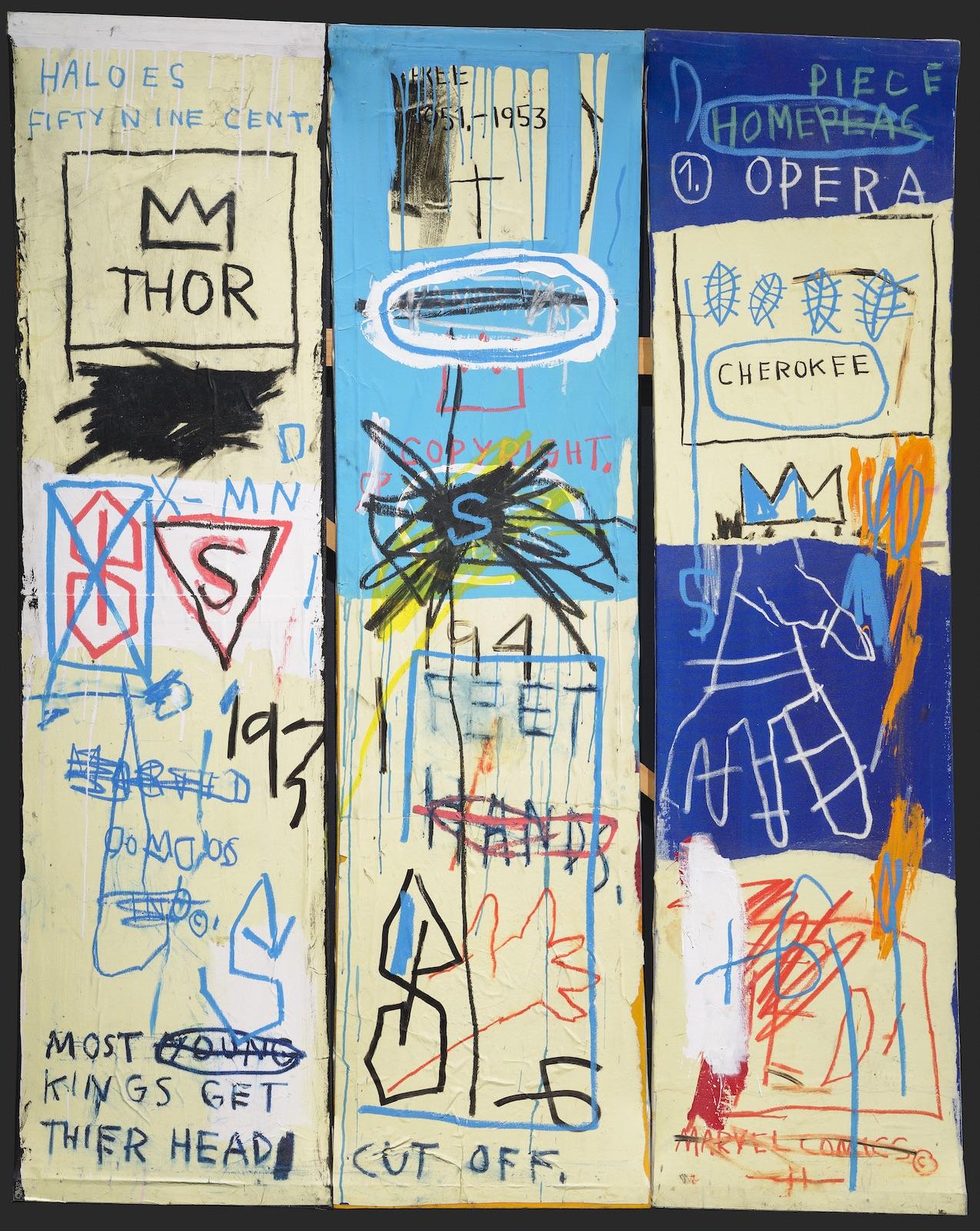
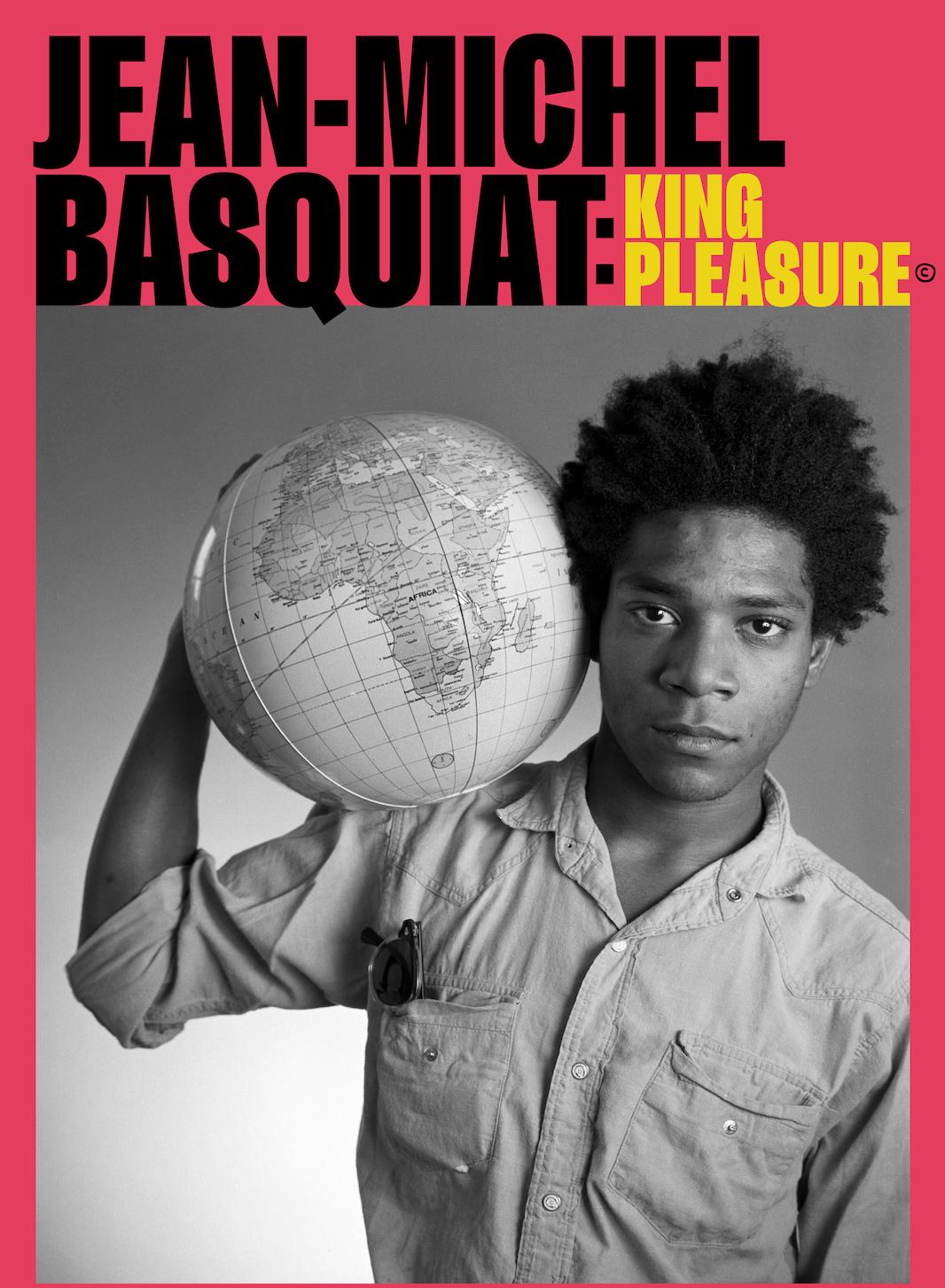
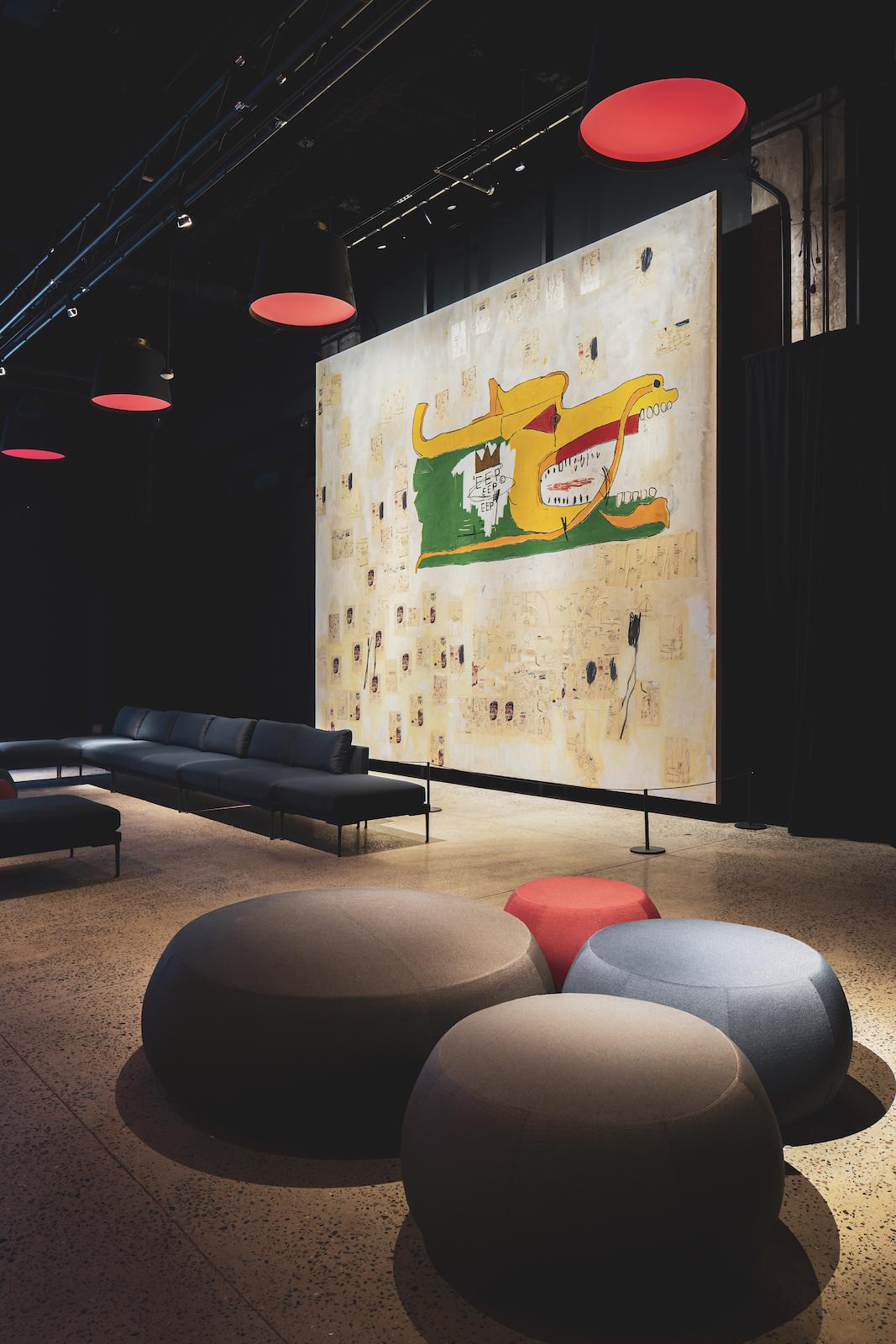

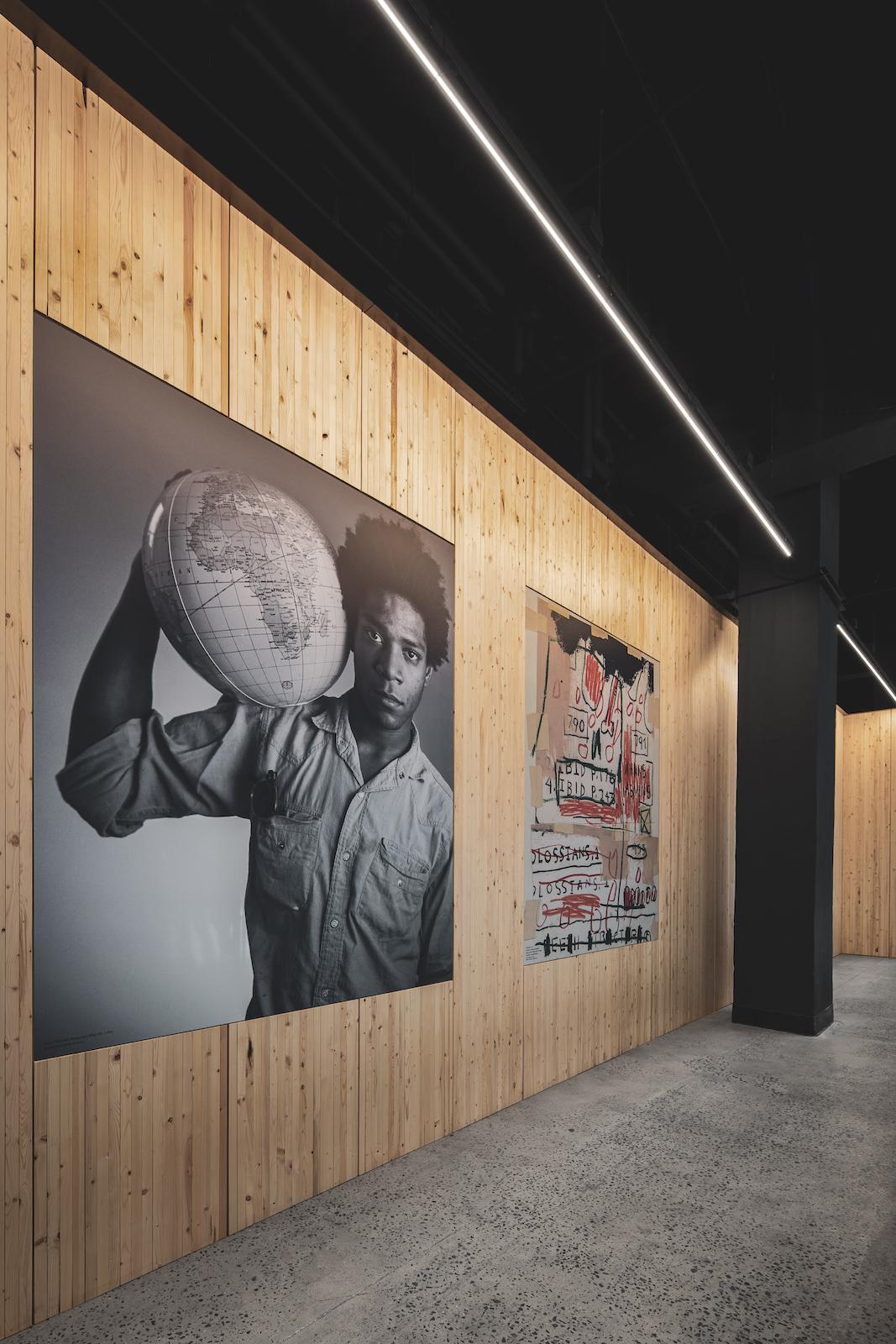
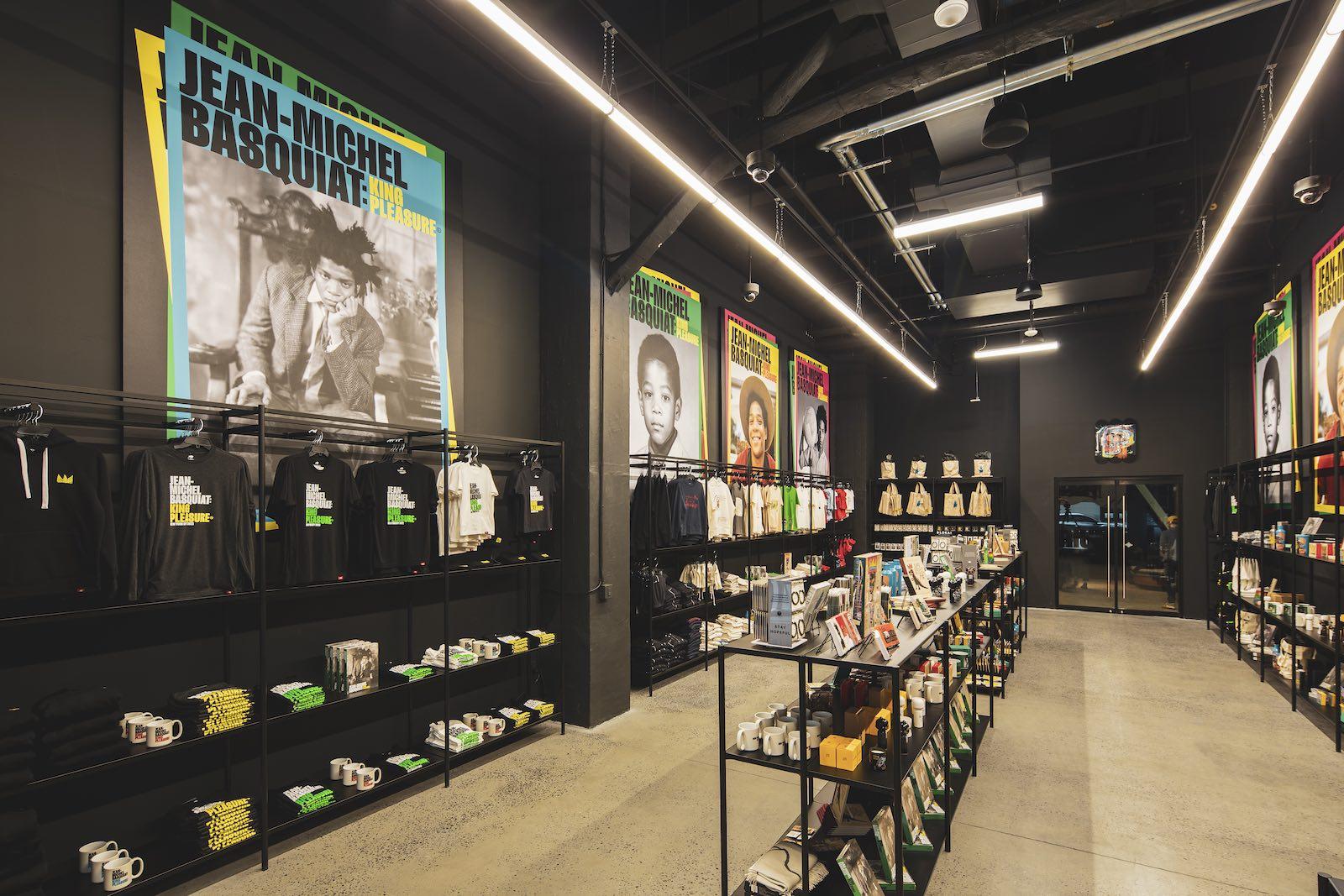


















![DEl Kathryn Barton [Australian b. 1972] the more than human love , 2025 Acrylic on French linen 78 3/4 x 137 3/4 inches 200 x 350 cm Framed dimensions: 79 7/8 x 139 inches 203 x 353 cm](/sites/default/files/styles/image_5_column/public/ab15211bartonthe-more-human-lovelg.jpg?itok=wW_Qrve3)



